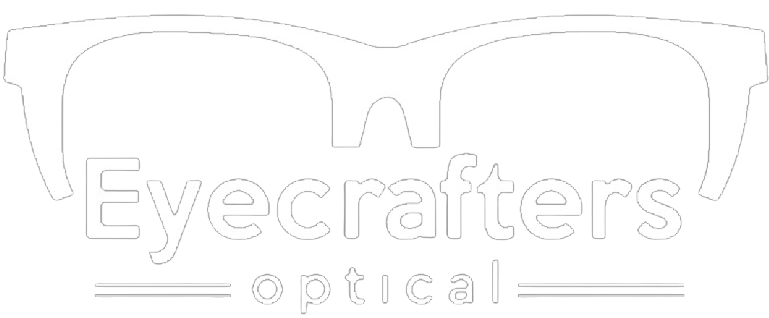As eye doctors at Eyecrafters Optical, we are deeply committed to preserving and improving the vision of our patients. One common issue that we often encounter is myopia, also known as nearsightedness. Myopia is a condition where individuals can see nearby objects clearly, but struggle with seeing distant objects. While glasses and contact lenses provide temporary relief, myopia control offers a more long-term solution for managing this vision problem. Let’s go over the importance of myopia control and various strategies that can help prevent its progression.
Understanding Myopia:
Myopia is a refractive error that occurs when the eyeball is slightly longer than normal or when the cornea is too curved. This causes light to focus in front of the retina, resulting in blurred distance vision. Myopia is becoming increasingly prevalent worldwide, especially among younger individuals. The reasons behind this trend are multifactorial, including genetic predisposition, environmental factors, and excessive near work activities such as reading or using electronic devices.
The Importance of Myopia Control:
Myopia can have a significant impact on an individual’s quality of life. It can affect academic performance, hinder participation in sports and outdoor activities, and increase the risk of developing sight-threatening conditions later in life, such as retinal detachment, cataracts, and glaucoma. By implementing myopia control strategies early on, we can slow down or even halt the progression of myopia, reducing these potential risks and preserving long-term visual health.
Myopia Control Strategies:
Orthokeratology: Orthokeratology, commonly known as “ortho-k,” involves the use of specially designed gas-permeable contact lenses that are worn overnight. These lenses gently reshape the cornea while asleep, allowing for clear vision during the day without the need for glasses or daytime contact lenses. Ortho-k has been proven effective in slowing down myopia progression, making it a popular choice for children and teenagers.
Multifocal Contact Lenses: Multifocal contact lenses are another effective tool for myopia control. These lenses have different zones that correct both near and distance vision, reducing the strain on the eyes during near work activities. Studies have shown that multifocal contact lenses can slow down the progression of myopia in children.
Atropine Eye Drops: Atropine eye drops, when used in low concentrations, have shown promising results in myopia control. These drops work by relaxing the focusing mechanism of the eyes, reducing the progression of myopia. While the exact mechanism of action is still being studied, atropine eye drops have been proven effective in slowing down myopia progression.
Outdoor Time: Encouraging children to spend more time outdoors has been associated with a reduced risk of developing myopia. The exact reasons behind this correlation are not fully understood, but it is believed that natural light and increased exposure too distant objects play a role in preventing myopia progression.
Myopia control is a crucial aspect of maintaining long-term visual health, especially in younger individuals. By implementing various strategies such as orthokeratology, multifocal contact lenses, atropine eye drops, and promoting outdoor activities, we can effectively slow down the progression of myopia. As eye doctors at Eyecrafters Optical, it is our mission to educate and provide the best possible care to my patients, ensuring a clearer future for their vision. If you or your child are experiencing myopia, we encourage you to consult with an eye care professional to discuss the most suitable myopia control options for your specific needs. Remember, preserving your vision is an investment in your future well-being.

